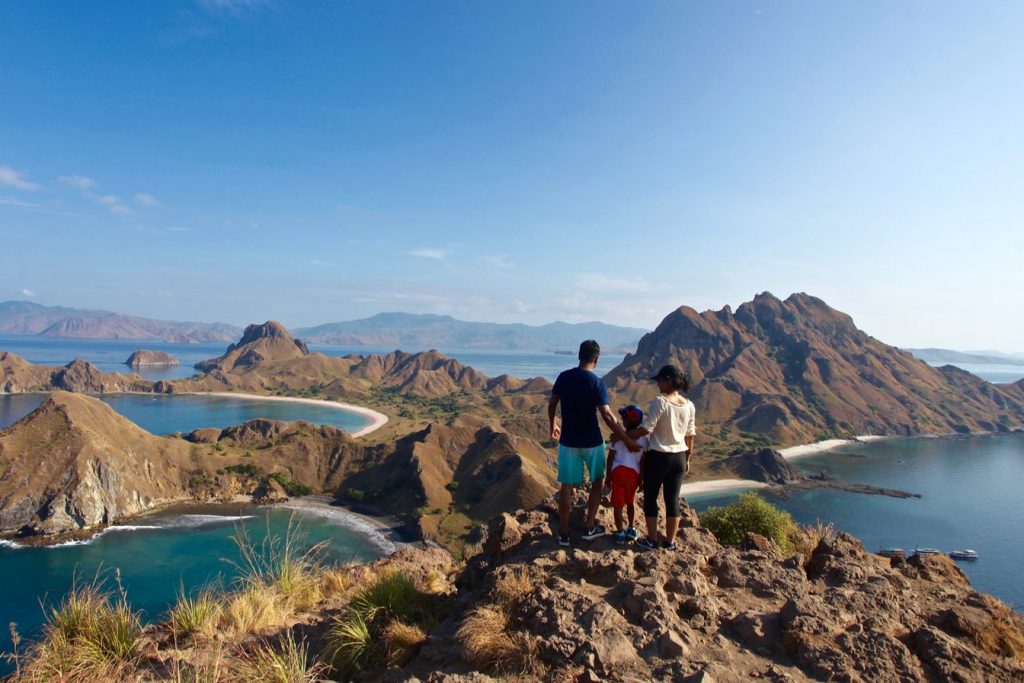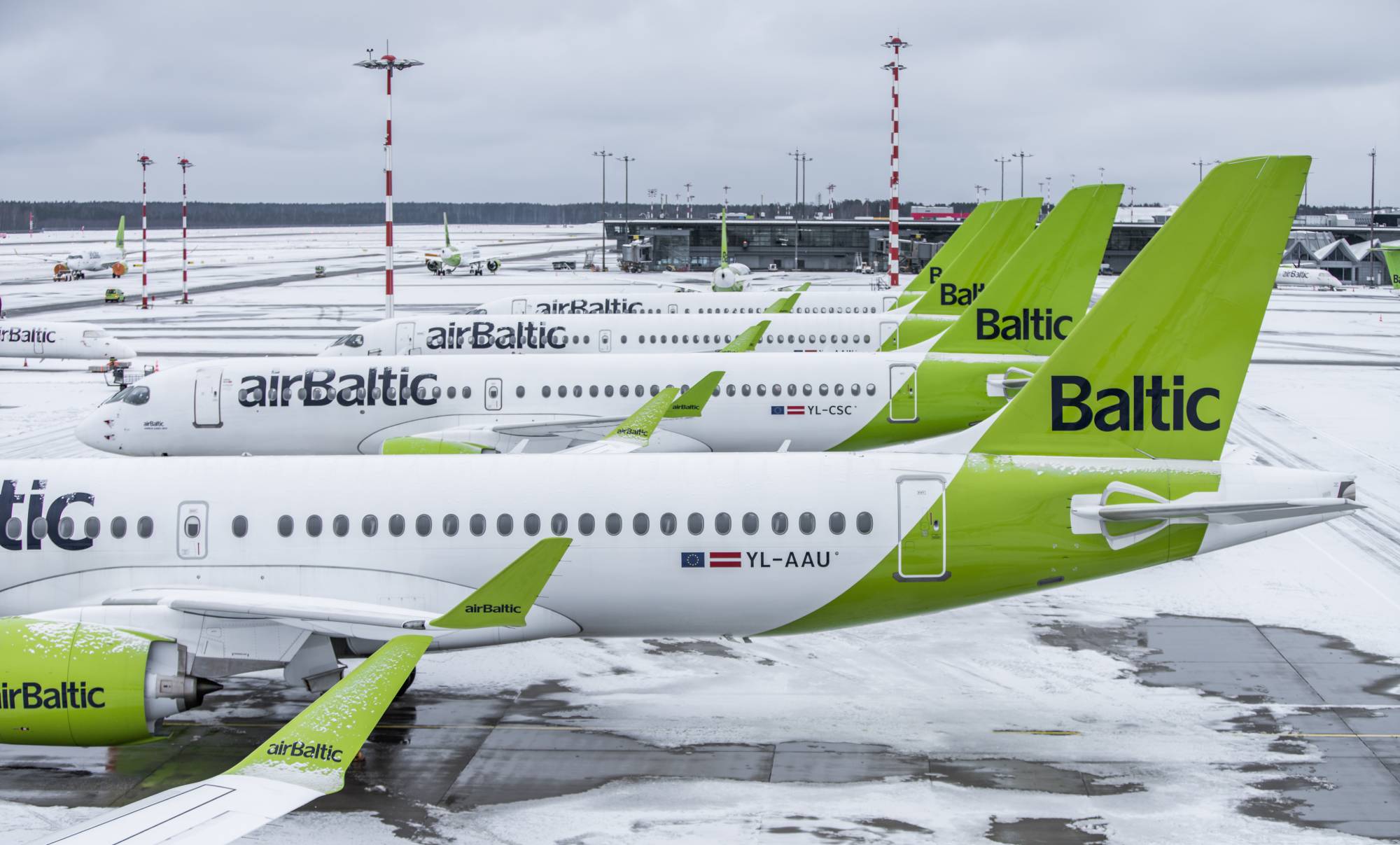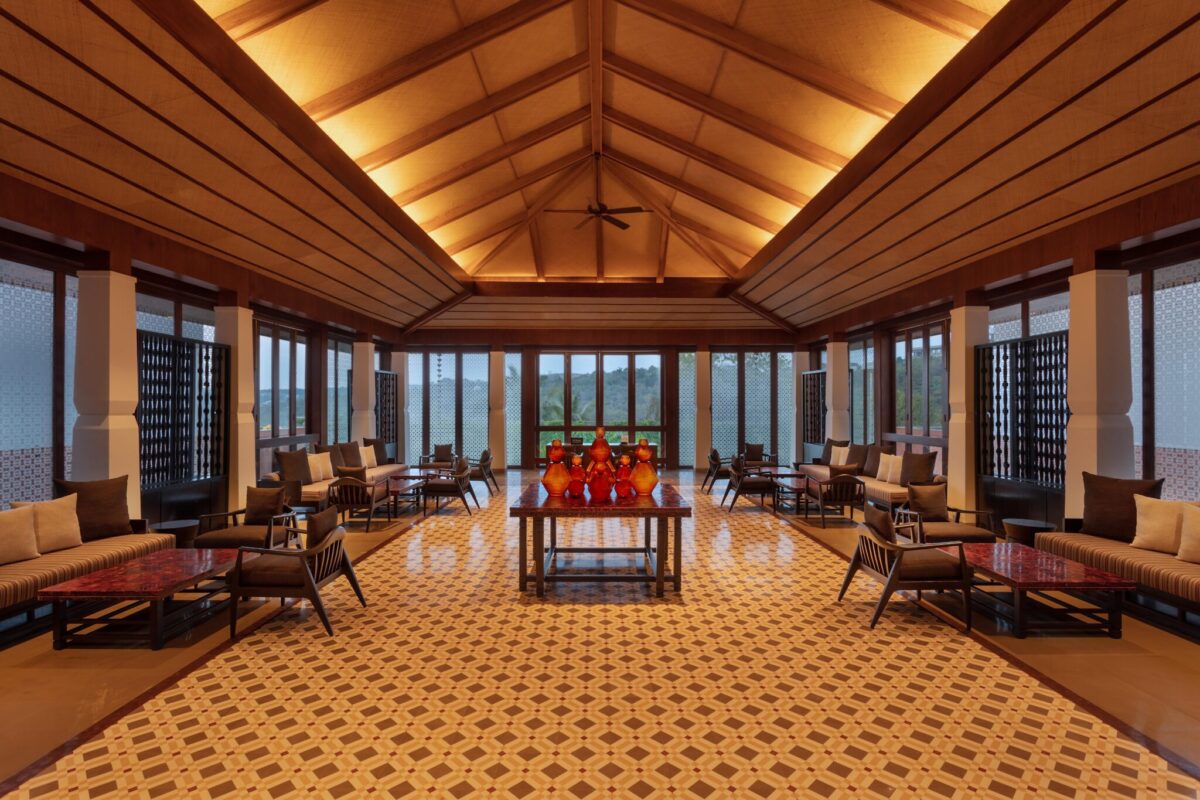Indonesia’s Komodo Island Beset by Confusion, Not Overtourism

Skift Take
A decision to close Komodo Island, one of Indonesia’s most important attractions, will only be made at the end of this year, contrary to reports early this year that the island would be closed for one year from January 2020.
The Indonesian Ministry of Environment and Forestry, the body that has the authority to close the island, made the announcement on its website.
The announcement will hopefully end massive confusion that started when the governor of East Nusa Tenggara, Viktor Laiskodat, announced at a forum in Kupang on November 21 last year that the island would be closed for a year.
Komodo Island is part of the UNESCO-listed Komodo National Park, a cluster of islands in East Nusa Tenggara.
But the damage has been done. “Many travel bookings were cancelled due to the news,” said Jonathan Thamrin, owner of tour company Travacello.
This, despite the fact that even if Komodo Island was closed, visitors could still see the rare dragons in the wild in Rinca Island, which, along with Padar Island and numerous other smaller islands, comprises Komodo National Park.
The national park covers a land area of 219,322 hectares and a sea area of 173,300 hectares, according to UNESCO. Part of the ensuing confusion is that visitors think the whole Komodo National Park will be off-limits, not just Komodo Island.
“There are about 1,300 dragons on Komodo Island, 1,400 dragons in Rinca Island, and close to 80 dragons on Nusa Kode, a small island located in the south part of Rinca Island,” said Ervis Budisetiawan, Asian Trails Flores branch manager, who is also administration head of Association of Indonesian Tours and Travel Agencies in Labuan Bajo, the entry point to Komodo National Park.
Ayana Komodo Resort, the first five-star resort in Labuan Bajo which opened in September last year, has had to host media trips “to highlight the destination and inform travelers that they can see the dragons on Rinca island,” said the hotel’s spokesperson Anna Karas.
In fact, Rinca offers the same dragon experience but with far fewer crowds.
Asian Trails Indonesia also has had to clarify the situation. “We informed our tour operator partners to put on their tour brochures that guests are not visiting Komodo Island. Instead, they are visiting Komodo National Park, which includes Rinca Island,” said Björn Schimanski, managing director of Asian Trails Indonesia.
Why oh Why
But why are authorities even contemplating to close one of Indonesia’s most popular islands? Aside from dragons, Komodo Island offers attractions such as the famous Pink Beach, one of seven pink beaches on the planet, according to Wonderful Indonesia.
A reported reason was a need to preserve Komodo’s wildlife habitat and character.
However, there was also possible greed.
The Jakarta Post reported that Laiskodat planned to raise park entrance fees to at least $500 for international visitors, and upwards of $50,000 for cruise ships entering the park.
Currently, locals can visit the park for as little as 35 cents (5,000 rupiah) while international tourists pay $10.50 (150,000 rupiah).
The governor was quoted as saying, “Only people with deep pockets are allowed to [see the komodo dragons]. Those who don’t have the money shouldn’t visit the park since it specifically caters to extraordinary people.”
“[Komodo dragons] are highly unique, but sadly they come cheap; I will discuss the matter with the central government. We expect to issue a strict rule setting the park’s minimum entrance fee for tourists to $500,” he reportedly said.
Although Komodo Island has grown increasingly popular in recent years thanks to the addition of new flights and development of hotels and restaurants in Labuan Bajo, it isn’t clear if it faces a problem of overcrowding.
There is, however, a problem of constant poaching, not only of Komodo dragons but wildlife animals at Komodo National Park.
Komodos are said to be sold for $35,000 (500 million rupiah). In a recent report by Tempo, police had confiscated 16 carcasses of buffalos and deer species that were hunted by poachers. They are food for the komodos.
The government also had planned to limit visitor numbers in a bid to re-stabilize its ecosystem following a fire in August last year.
According to Indonesia’s National Statistics, there were around 176,000 visitors to Komodo National Park in 2018, 121,000 of whom were international visitors. Visitor numbers have been increasing by 20 percent year-on-year in the last five years.
A closure of Komodo Island would be a blow to the local community in Komodo Village, a small area on the island. The more than 80 percent of residents who rely on the tourism sector have expressed their concerns.
Meanwhile, Skift understands that sustainability studies are being conducted to help authorities come to a decision if a closure is needed.
“We’ve conducted an environmental study in Rinca Island in partnership with the University of Gajah Mada, Indonesia, which will help support the decision for the park,” said Valerina Daniel, who leads a sustainable tourism development team at Indonesia’s tourism ministry.
“Moreover, in December 2018 we launched a sustainable tourism destination development program with the support of the Switzerland government on developing competitive, sustainable, and inclusive tourism destination for Labuan Bajo.”
Ary Suhandi, executive director of Indonesian Ecotourism Network, told Skift, “In my opinion, there’s no compelling reason to close the park yet.
“There are other consequences of a closing that are less visible but very consequential. How much economic value the Komodo dragons brings to the community and government, for example.”
According to the forestry ministry, the Indonesian government receives a non-taxable income of $2.3 million (33 billion rupiah) in 2018 from Komodo National Park, an amount likely to include fees from cruise ships.
Added Suhandi: “If the government decides to close the park in 2020, they should officially inform [the trade] about it in the first quarter of this year, so tour companies and supporting businesses can adjust their budgets accordingly. Most travel companies calculate and release their budgets a year before.”




